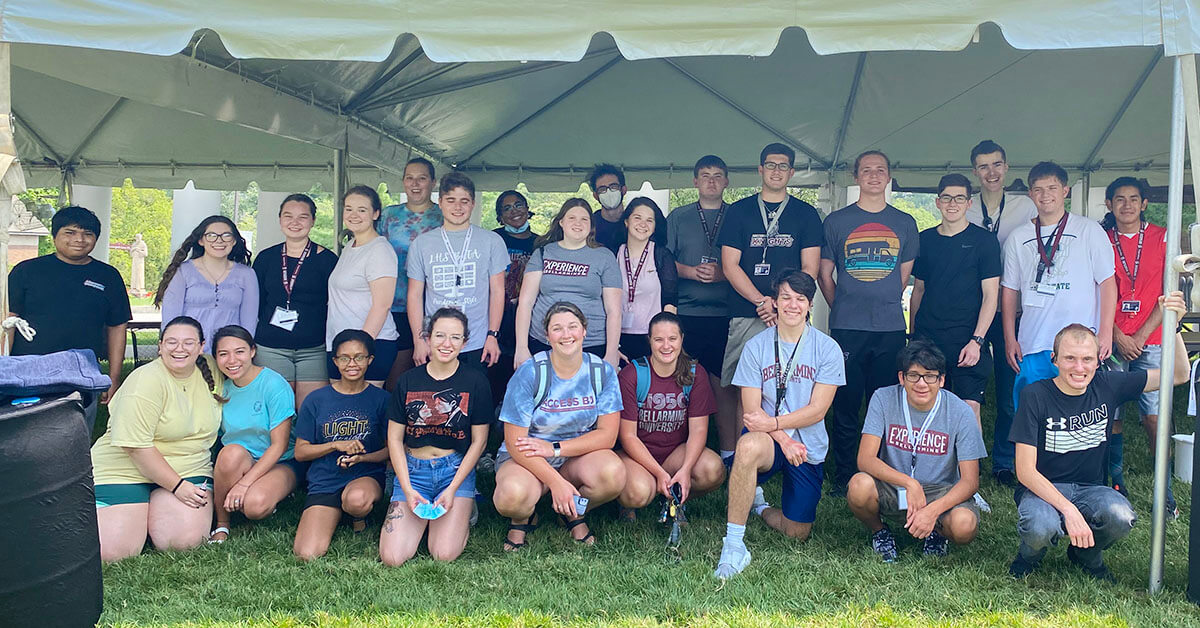
Bellarmine’s Office of Disability Services has changed its name to the Accessibility Resource Center (ARC) to more accurately reflect its work to make the campus more accessible.
The name was changed after the office underwent an audit earlier this year. The audit report praised numerous aspects of accessibility services at Bellarmine – especially outcomes for students with disabilities – while also making a number of recommendations for improvements, including changing the office’s name.
“There’s this perception when you say disability services that were here to fix these poor students who have something wrong with them, whereas the name Accessibility Resource Center identifies that we have no interest in changing anything about the student,” said Ronda Purdy, Director of Accessibility Resources. “The student comes to campus as a fully qualified student. The problem is not with the student, but with the environment, which is often created for a certain type of learner. Our job is to create access in that environment.”
The idea for the audit came from conversations within the President’s Advisory Board on Equity and Inclusion and looked at aspects of accessibility beyond the built world of campus, which had been studied in previous reports. The Student Government Association funded the audit.
There are currently 256 students enrolled with Accessibility Resources. Since 2012, the center has served 10-15 percent of the student population.
“I really feel like the positive of this audit is that it captured those things that are hard to measure: how does it feel to be a student with disabilities on this campus?” Purdy said.
Accessibility Resources also plans to implement a number of other recommendations including faculty training for Universal Design for Learning.
“That’s a way of building a class from the ground up that’s more inclusive from the beginning, that catches more learning styles from the start,” Purdy said.
A faculty representative from each department or school will learn the universal design training model and then share it with colleagues.
“It won’t be just a one and done; it’ll be something we shine a light on regularly so faculty can learn from each other,” Purdy said.
The report also encouraged Bellarmine to increase its assistive technology availability on campus. Accessibility Resources is now working with the testing center to create an assistive technology lab. They are installing computers in three quiet testing rooms that will have assistive programs, such as speech to text and screen reading software for students with vision impairments or reading-related disabilities.
The report also encouraged campus to consider raising the visibility of Accessibility Resources, the students who use them and their many successes.
“Students with disabilities are very pleased with their experiences at Bellarmine and they are doing well,” the report noted. “The retention rate for students with disabilities has annually outpaced that of peers without disabilities.”
The average GPA for all students registered with Accessibility Resources is 3.2 and is even higher for those students who participate in ACCESS BU, Bellarmine’s early transition program for students with disabilities.
“We celebrate these students,” Purdy said. “We know they bring diversity in learning, diversity in thinking through problems, we see them as enriching our learning environment. They think out of the box.”
This October marks the 76th observance of National Disability Employment Awareness Month and Invisible Disabilities Week is October 17–23.
To mark the occasion, Bellarmine’s social media accounts will feature leaders from the Students Beyond Barriers group, which seeks to create and train advocates and allies for students with disabilities. Follow along at www.instagram.com/bellarmineu/.